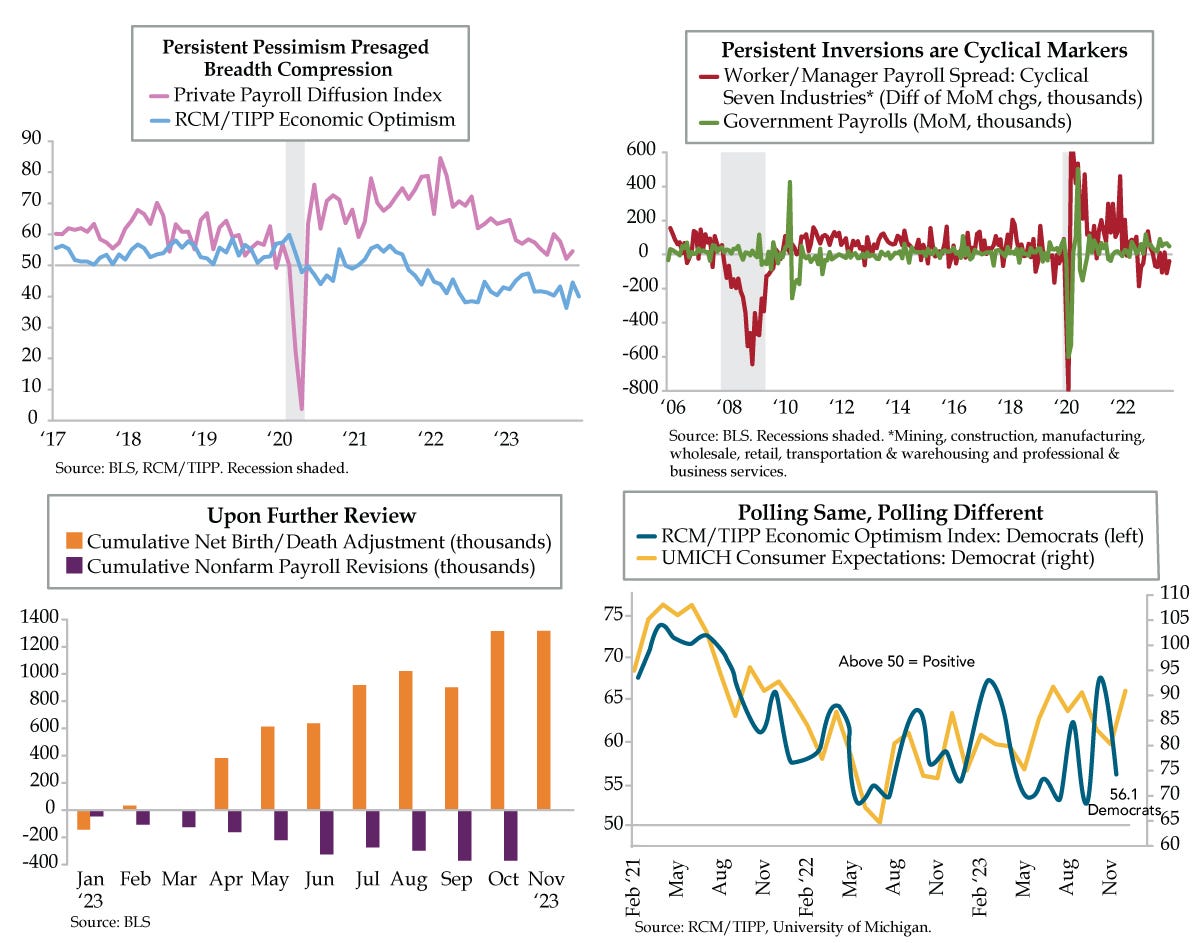DiMartino’s Sunoco was no novel venture for my grandfather upon returning from England, where the U.S. Army had trained him as a wartime mechanic. By then, it had been more than 40 years since the first filling station opened in 1905, at 420 South Theresa Avenue in St. Louis, Missouri. What’s fascinating to this third-generation gearhead is the methodology before gas stations. General and hardware stores, pharmacies, and blacksmiths were natural fits given they had pre-established ties to the refineries that sold them kerosene. The petrol was stored in five-gallon cans stacked along the curb or in larger above-ground tanks. One can only imagine the incendiary incidents invited by pouring fuel into an automobile’s gas tank using a funnel with a chamois for filtering. Leave it to the regulators to step in, which they did, moving the sale of gasoline to standalone facilities safely beyond city centers. Of course, my family’s foray occurred after filling stations had added services such as vehicle maintenance and repairs. Some of my earliest auditory memories are of the ‘ding-ding’ rung by cars pulling in to ‘fill ‘er up’ and get the windows washed in the process.
In 1950, on a per capita basis, for the first time in U.S. history, every household owned a vehicle. Back then, the fact of having a car was noteworthy; filling up the gas tank was relatively affordable. Today, there’s only one full-service gas station in my orb – a Shell Station in the middle of the Park Cities in Dallas that, like DiMartino’s Sunoco in the 1950s, does not feature a sign with the price of a gallon of gasoline for passersby motorists. If you need to know, you’re in the wrong place. At the opposite end of the spectrum is Tom Thumb, the local Safeway grocer where every $100 spent on groceries earns you a 10-cent discount, up to $1.00, at their branded gas pumps. My most recent fill-up followed Thanksgiving and took the price per gallon down to $2.05.




